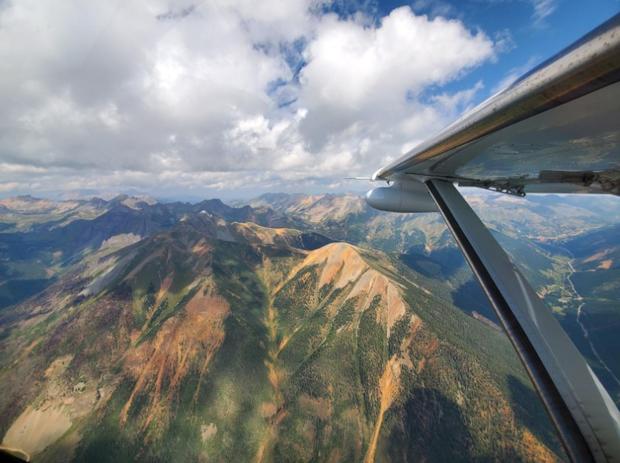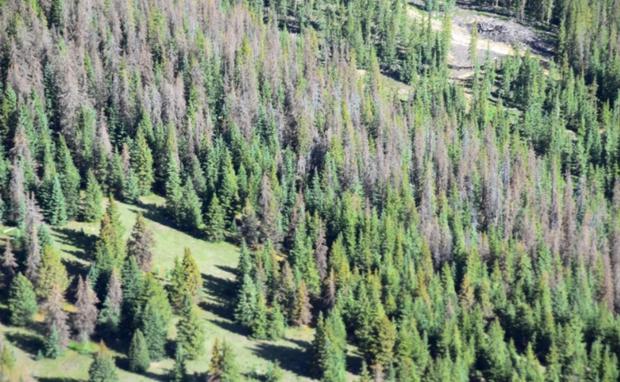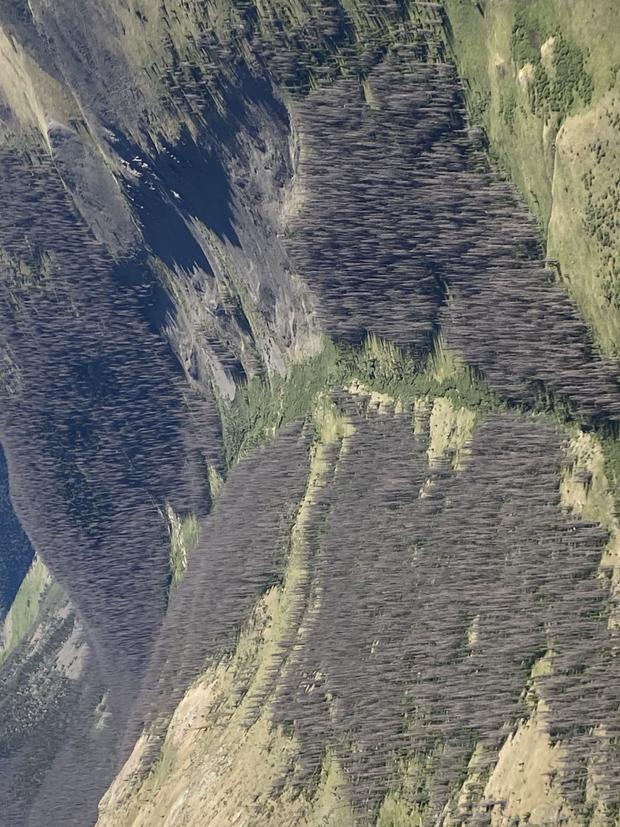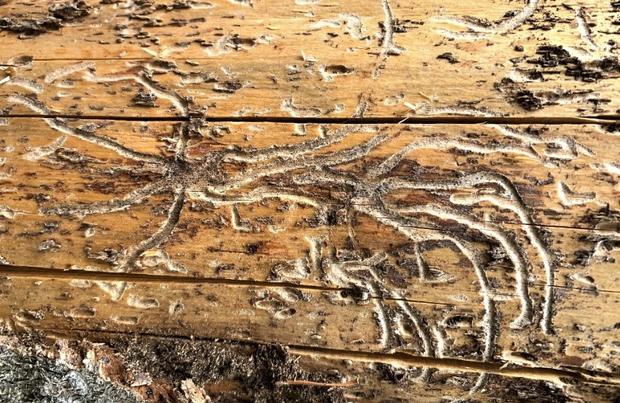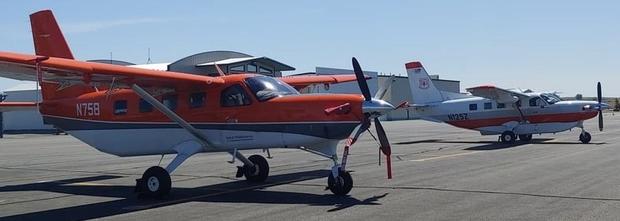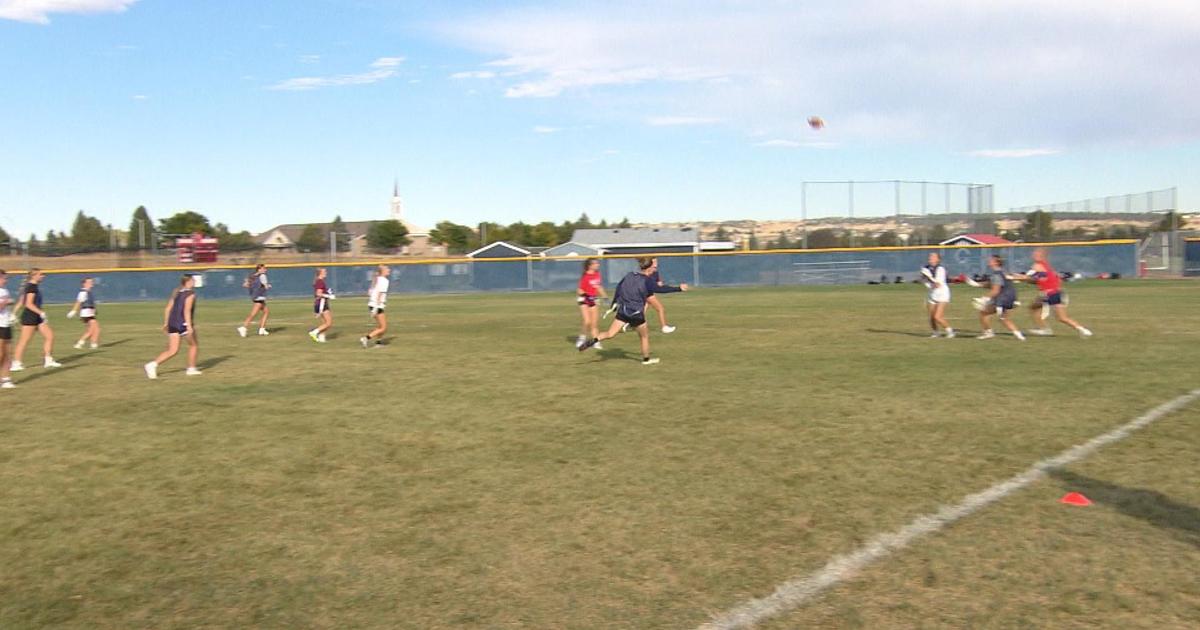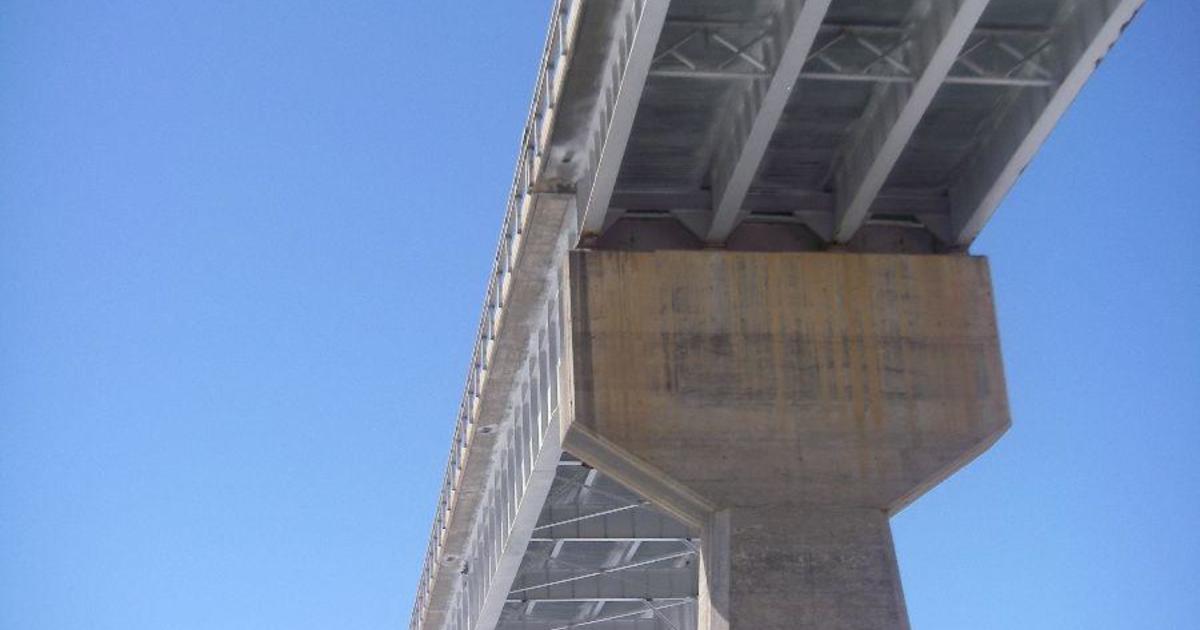Drought Conditions Continue To Weaken Colorado Forests That Are Fighting Insects, Disease
(CBS4) -- State and federal forestry experts emphasized the weakening of trees due to drought conditions while presenting their latest observations made during an aerial survey of Colorado and Wyoming forests last year.
Director of the Colorado State Forest Service, Matthew McCombs, and USDA Regional Forester Frank Beum spoke last week before the Colorado General Assembly. They announced the results of the flyovers in an annual report of forest health conditions.
They said trees in the states' mountain ranges are more susceptible to bark beetles, disease and other pests due to changes in temperatures and precipitation which have weakened their defenses.
"Years of persistent drought, an indicator of a warming climate, remains a key driver for outbreaks of bark beetles in our forests," said state forester McCombs.
Via the survey, forestry experts concluded the spruce beetle is now Colorado's deadliest forest pest for the 10th consecutive year. The spruce beetle is blamed for more tree mortality than any other pest. The total acreage impacted of spruce-fire forest impacted by spruce beetle since 2000 has reached 1.89 million acres of spruce-fir forests.
While spruce beetle activity across the state generally appears to be declining, its impact was described as "widespread," per the report. New areas showing expanded activity included those on either side of the Continental Divide in Rocky Mountain National Park. Ground observation, in fact, found "extensive mortality in the Endo Valley" of the park, the report stated.
Forests within Chaffee and Park counties also experienced new infestations in 2021, and spruce beetle populations on Mount Evans and Guanella Pass continued to expand among trees downed by wind or avalanche.
The largest areas of spruce beetle activity, however, are in established infestation zones in southern Colorado. Specifically, the spruce beetle population in the Sawatch Range continued to move north into new areas around Cottonwood and Cumberland passes. New areas of spruce beetle activity were seen around Silverton and Red Mountain Pass. In the Wet Mountains, spruce beetle populations are declining due to depletion of suitable host trees.
In Wyoming, elevated levels of spruce beetle-caused mortality was found on the Wind River District of the Shoshone National Forest, "even as host (trees) are becoming depleted," the report stated. "Many stands have no live spruce larger than 10 inches in diameter."
While the spruce beetle is responsible for the most tree deaths, the aerial survey also revealed that western spruce budworm continues to affect more acres of forest than any other pest. It is Colorado's most widespread forest defoliator, or destroyer of green needles. The budworm affected about 91,500 acres of forests statewide last year, with the most intense infestations in south-central Colorado. Saguache, Gunnison, Chaffee, Park, Teller and Fremont counties were among the most affected by the budworm in 2021. Heavy budworm damage was found in the forests around Taylor Mesa and Kebler Pass.
"Over several years, defoliation from western spruce budworm may weaken a tree to the point where the Douglas-fir beetle and other bark beetles can easily overcome the tree and kill it," the report stated.
Wyoming was not spared the budworm, as signs of defoliation continued to be seen across almost all Douglas-fir stands on the Shoshone, Bighorn , and Medicine Bow National Forests. Multiple years of budworm activity there has led to defoliation and mortality on trees of all sizes, per the report.
Many of Wyoming's areas with the heaviest defoliation are experiencing combined attacks on trees by budworm and beetles.
Another native bark beetle, the Douglas-fir beetle, continues to cause significant tree mortality in the state's central and southern mixed-conifer forests. Douglas, Gunnison, Jefferson, Eagle, Pitkin and Custer counties have severely affected Douglas-fir stands and "this beetle has depleted many of the largest trees in these areas over the past decade," the report stated.
